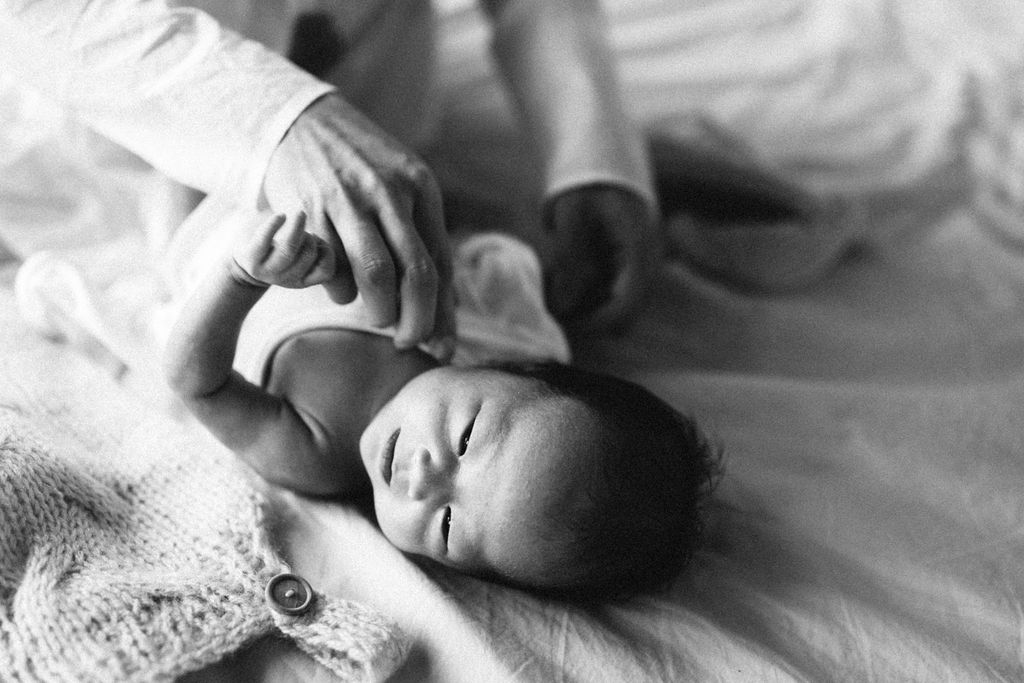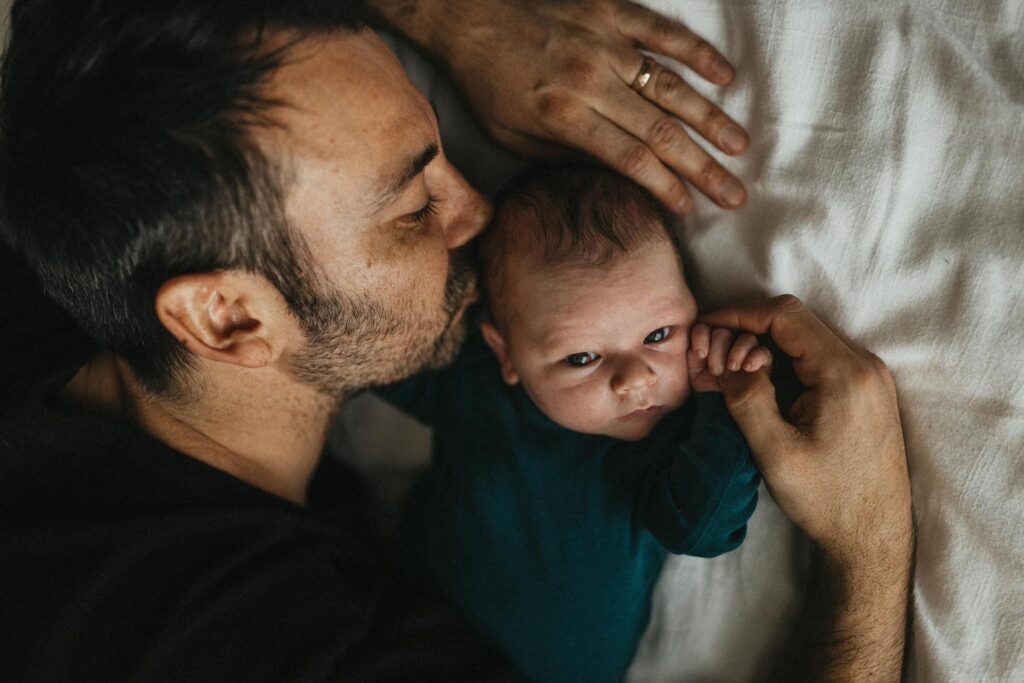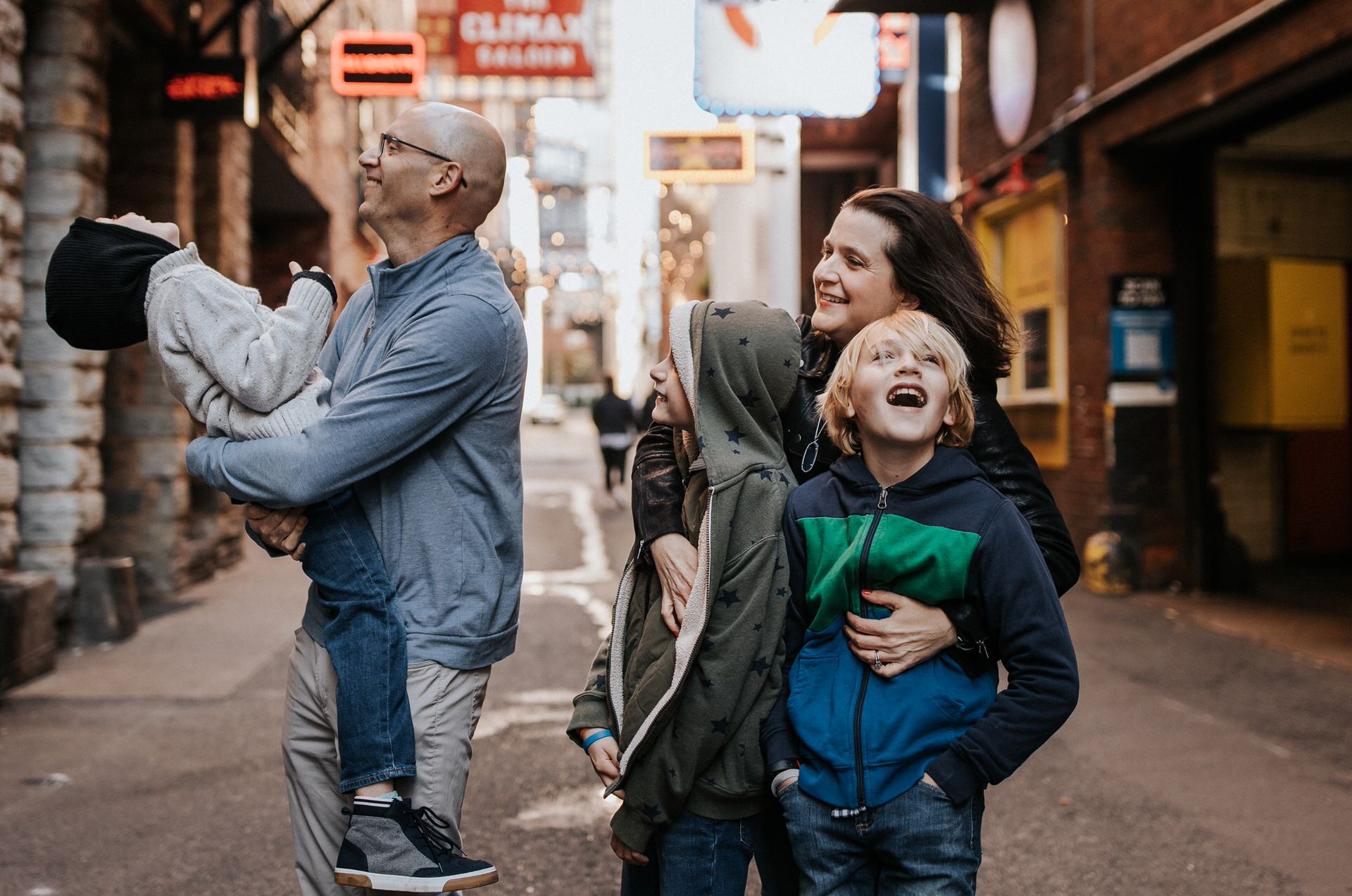Documentary photography has a rich and complex history. It’s a genre that captures real-life events or environments, often with a social or political message.
Its roots date back to the 19th century. This style’s evolution has been shaped by technological advancements, societal changes, and the vision of pioneering photographers.
This article will take you on a journey through the history of documentary photography. We’ll explore key moments, styles, and figures that have influenced its progression. It is written from my perspective as a Portland family photographer.
From the early use of photography as a tool for social reform to the digital revolution, we’ll delve into the transformation of this genre and examine the ethical considerations and debates that surround it.
Whether you’re a photography enthusiast, a professional photographer, or simply interested in visual arts, this exploration of documentary photography’s evolution promises to be enlightening.

The Birth of Documentary Photography
The origins of documentary photography can be traced back to the 19th century when photography was still a novel invention. The medium was quickly recognized for its potential to capture reality in a way that no other art form could.
Photographers began to use their cameras to document real-life events and environments. They captured everything from the mundane to the extraordinary. This marked the birth of documentary photography as we know it today.
The early documentary photographers laid the groundwork for the genre. They set the stage for evolving a style that would become a powerful tool for storytelling, social reform, and historical documentation.
Pioneers of Social Change Through the Lens
In the early 20th century, documentary photography began to play a significant role in social reform. Photographers like Jacob Riis and Lewis Hine used their cameras to shed light on social issues. They aimed to inspire change through their powerful images.
Riis and Hine are often hailed as pioneers in documentary photography. Their work highlighted the harsh realities of poverty, child labor, and poor living conditions. Their images served as a call to action, sparking public outrage and prompting social reform.
Their legacy continues to inspire documentary photographers today. Their work reminds us of the power of photography to effect change and advocate for social justice.
The FSA Project and the Great Depression
The 1930s marked a significant period in the history of documentary photography. The Farm Security Administration (FSA) project was crucial in this era. The FSA hired photographers to document the harsh realities of rural America during the Great Depression.
These images served as a stark reminder of the time’s economic hardship and social inequality. They also helped to shape the public’s understanding of the crisis. The FSA project remains a pivotal moment in the evolution of documentary photography.
From Black and White to Color: A New Era
The introduction of color film brought a new dimension to documentary photography. For a long time, black-and-white images were the norm in this genre. They were seen as more serious and truthful.
However, as color film became more accessible, it slowly gained acceptance. Using color added a new layer of realism and emotional depth to the images, marking a significant evolution in the style of documentary photography.
The 1960s and the New Documents Movement
The 1960s saw a shift in documentary photography with the emergence of the “New Documents” movement. This movement was characterized by a more personal and subjective approach to documenting reality.
Photographers like Diane Arbus, Lee Friedlander, and Garry Winogrand were at the forefront of this movement. They pushed the boundaries of documentary photography, creating images that were not just records of events but also reflections of their perspectives and experiences.
Documentary Photography in Political Struggles
Documentary photography has played a significant role in political struggles throughout history. It has been used to raise awareness, mobilize support, and document events for posterity.

From the civil rights movements in the United States to anti-apartheid struggles in South Africa, documentary photography has captured these pivotal moments. These images have informed the public and shaped the narrative and discourse around these events.
The Digital Age and Documentary Photography
The advent of the digital age has significantly transformed documentary photography. The shift from film to digital has made photography more accessible and increased the volume of images produced.
Moreover, the rise of social media platforms has revolutionized the dissemination of documentary images. It has allowed photographers to reach a global audience instantly, thereby increasing the impact of their work. However, this digital revolution has also raised new ethical and authenticity concerns, which continue to shape the field.
Ethical Considerations in Documentary Photography
The practice of documentary photography is not without its ethical considerations. The power to frame reality and influence public perception places a significant responsibility on the photographer.
Moreover, the digital age has intensified debates around authenticity and manipulation. The ease of altering images digitally has raised questions about the integrity of documentary photography. These ethical considerations continue to shape the discourse around documentary photography, underscoring the need for professional standards and guidelines.
The Future of Documentary Photography
As we look to the future, the evolution of documentary photography continues. The rise of social media and digital platforms has democratized the field, allowing for diverse voices and perspectives.

Yet, with the proliferation of images, the challenge lies in maintaining authenticity and impact. Technological advancements, ethical debates, and the ongoing quest for truth in visual storytelling will likely shape the future of documentary photography.


